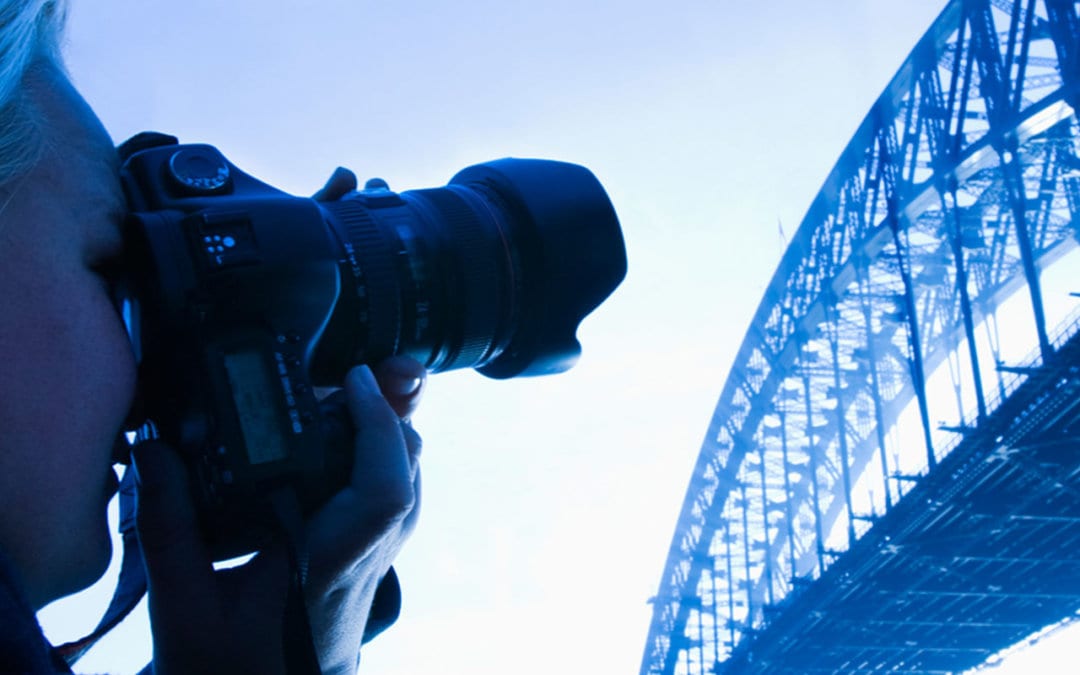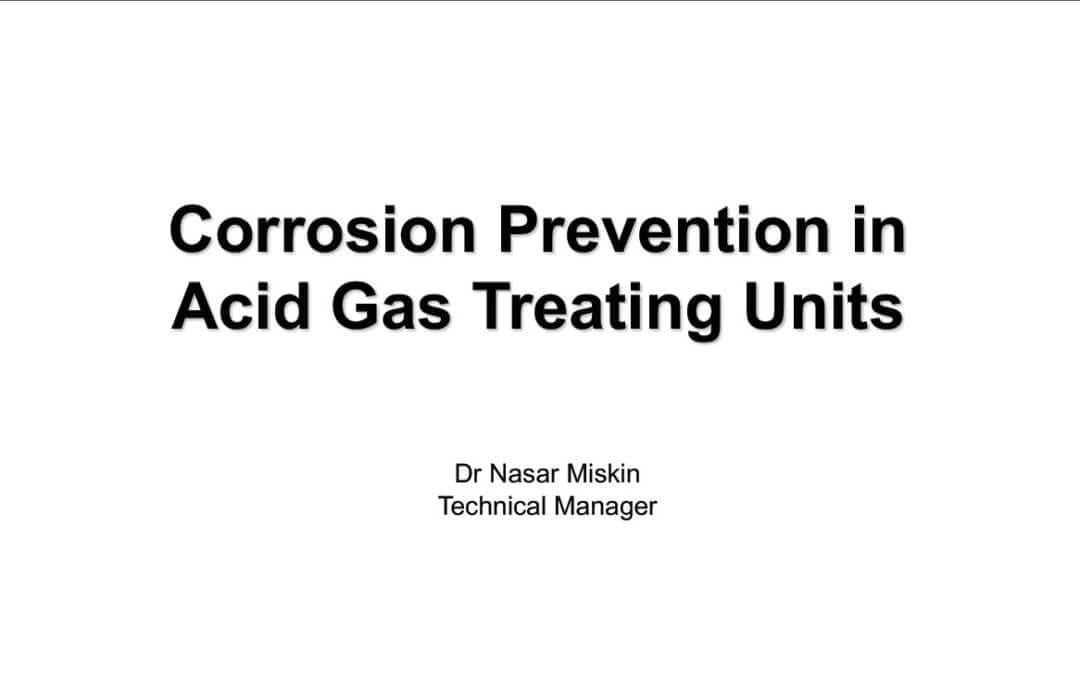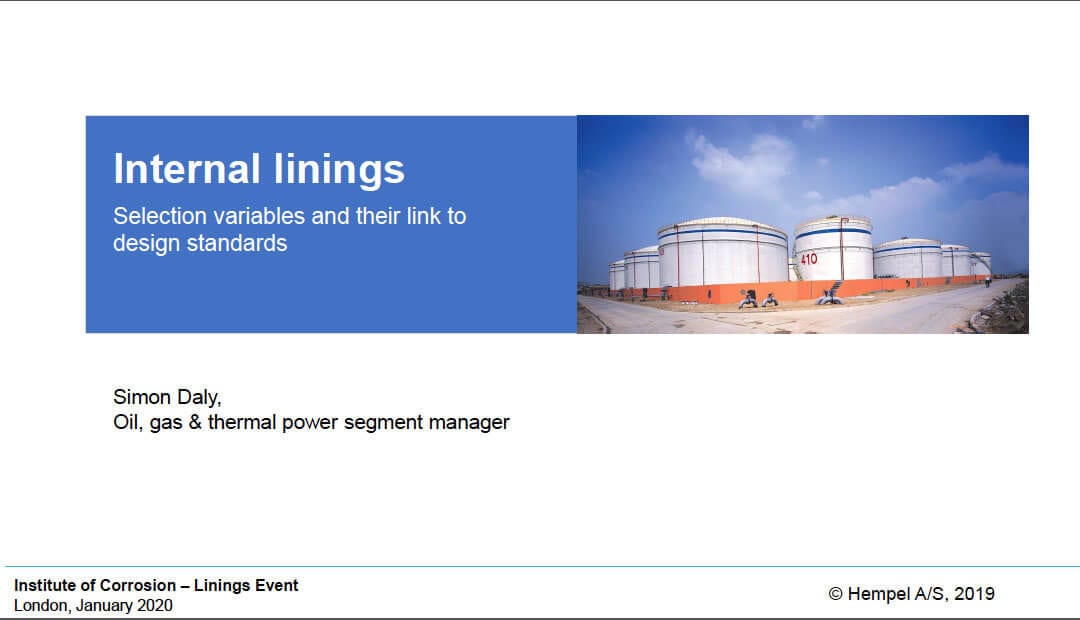A joint meeting with the Society of Chemical Industry (SCI) was held at their newly refurbished auditorium in their Belgravia HQ, on 26 September. The audience of over 70, included Professor Ken Grattan, OBE, FREng, who is the Dean of the graduate school at City University, London, and who agreed to give the vote of thanks.
The evening Chairman, John T O’Shea, introduced Dr Fred Parrett, Hon Treasurer of the SCI London Group, who gave the first presentation on the laying of the first Transatlantic Telegraph Cables.
The electric telegraph was first developed by Samuel F. B. Morse in 1832 who also developed Morse Code. Land based cables to use the telegraph soon followed, and within a decade, more than 20,000 miles of telegraph cable criss-crossed the USA, the UK and Europe. Trials of underwater cable were undertaken by Samuel Morse across New York Harbour in 1842 and Charles Wheatstone across Swansea Bay in 1844. In 1851 a cable crossed the English Channel.
The problems of laying a cable across the Atlantic were a greater challenge, not just the technical and logistical problems, but financing such a great undertaking. The first attempt in 1857 failed when the cable broke, and could not be recovered. New finance was arranged and in August 1858 they succeeded, when the first transatlantic telegraph message was transmitted. Unfortunately the cable failed after only three weeks, which was thought to be due to breakdown of the cable insulation when voltages of a few thousand volts were used to try and speed up transmission speed. It took another 7 years before new finance was arranged and improved cable designs were developed for the next attempt. For this Brunel’s ship the Great Eastern was acquired, the largest ship in the world at that time. In 1865 it almost succeeded, starting in Valentia Bay, Ireland it reached 600 miles from Newfoundland when the cable again broke. The final success came one year later in August 1866 when the cable finally crossed the Atlantic and permanent telegraph communication established. The 1866 transatlantic cable could transfer 8 words a minute, and initially it cost $100 to send 10 words, which translates to about $1,340 today, and was mainly used by the British and American governments and large corporations.
The second presentation was given by Trevor Osborne, a Past President of ICorr and a Past Chairman of London Branch, on 50 Years of Oil and Gas Offshore Corrosion Control Experience and Transfer of Technology to Offshore Renewables.
Development of offshore structure corrosion control methodology in the North Sea, and all around the world, has been on-going for decades, in fact close to 50 years and possibly longer in some parts. Given this long experience, corrosion engineers rightly considered that all aspects of barrier coatings and cathodic protection were honed to a fine art and as a result one system followed another with great success, in fact Trevor had been involved in many offshore structure designs with responsibility for painting, coating, CP, biocides, inhibitors and other aspects of corrosion control. However the fabrication and installation of new offshore structures for the oil and gas market has declined greatly and that work load has in part been replaced by the upsurge in renewable energy requirements. Specifically offshore wind generation in the form of monopiles, transition pieces and substation fixed jackets. All exposed parts of each structure need to be addressed from a corrosion perspective if the asset is to be protected and the lifetime met.
The presentation walked the audience through the period of time from early offshore structure design and construction for the oil and gas markets, to the painful transition to wind energy, including the attendant problems that have occurred along the way and what should have been an easy transformation but often times was not.
The first meeting at the branch’s new venue, the Lancaster Hall hotel in Bayswater, was held on 10 October. Kevin Harold of Paintel Ltd gave a fascinating insight into the world of an Industrial Coating Applicator, taking a look at past, present and future practices in the industry. Kevin explained how the Industrial Coating Applicator Scheme (ICATS) has changed the view of Health and Safety and the concept of “slap it on and get out of here”, to ensure the work is compliant to the specification. He began his presentation by describing his journey as a painter from the era when PPE was non-existent, how he moved into industrial painting, became a painting inspector, and after joined the Tamar Bridge strengthening and widening project, found the painters could not apply coatings properly, so he began teaching them.
Even as late as the early 21st Century clients were not getting what they wanted in terms of standards or quality, and in 2006 after becoming aware of ICATS, registered his company, got his workforce trained and subsequently became a trainer himself.
Kevin could see the enormous benefits of ICATS, notably the evidence that the training results in major savings from less repeat work and the advantages gained by the asset owners and operators, so he became an ICATS senior specialist trainer, and the current ICATS course material, launched in 2018, was written by him and his wife Jo. He has also written the ICATS Supervisor course and the new Managers Coating Awareness course which provides an insight into coatings for specifiers and engineers.
Kevin finished his presentation by saying that a lot of asset owner operators are happier with the final product they get from ICATS accredited applications, and ICATS is now mandated by many companies. The enormous impact of ICATS on the whole industry has yet to be completely realised and it’s now going global.
The January meeting will be held on Wednesday 8th at the Lancaster Hall hotel (note change from usual second Thursday for this month), when there will be a panel discussion on “Linings for Extreme Duty” with Dr N Miskin, DuraPol, and Michael Harrison, Sherwin Williams.



